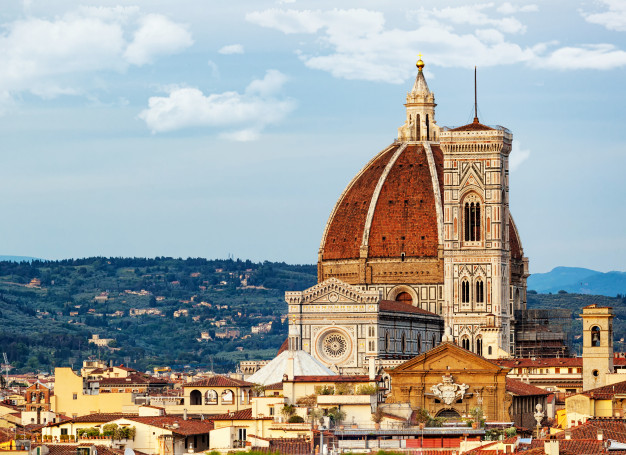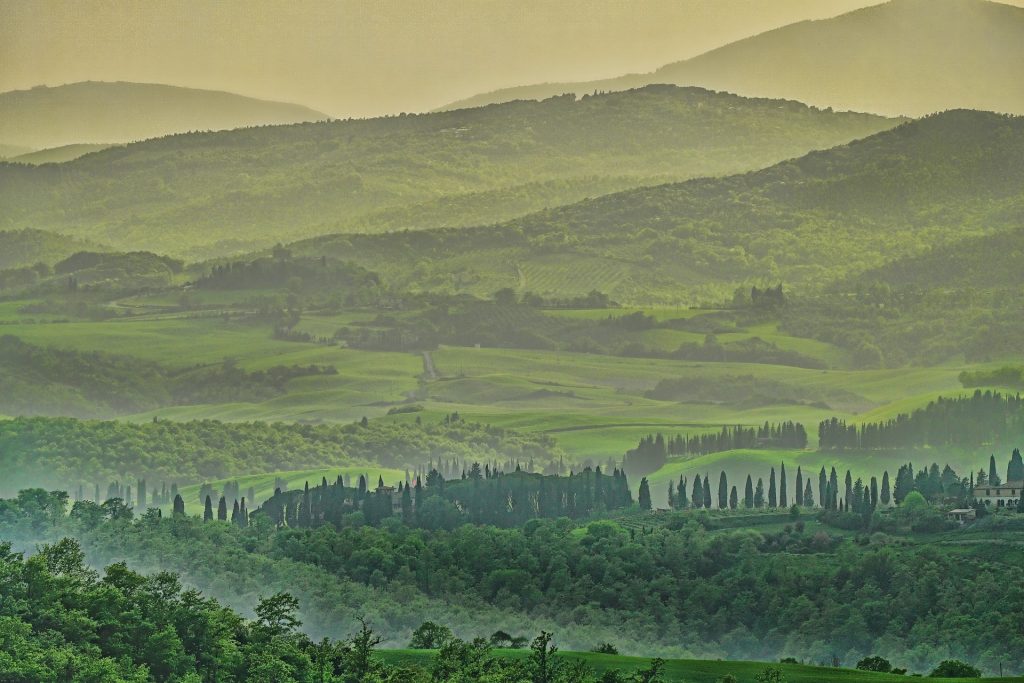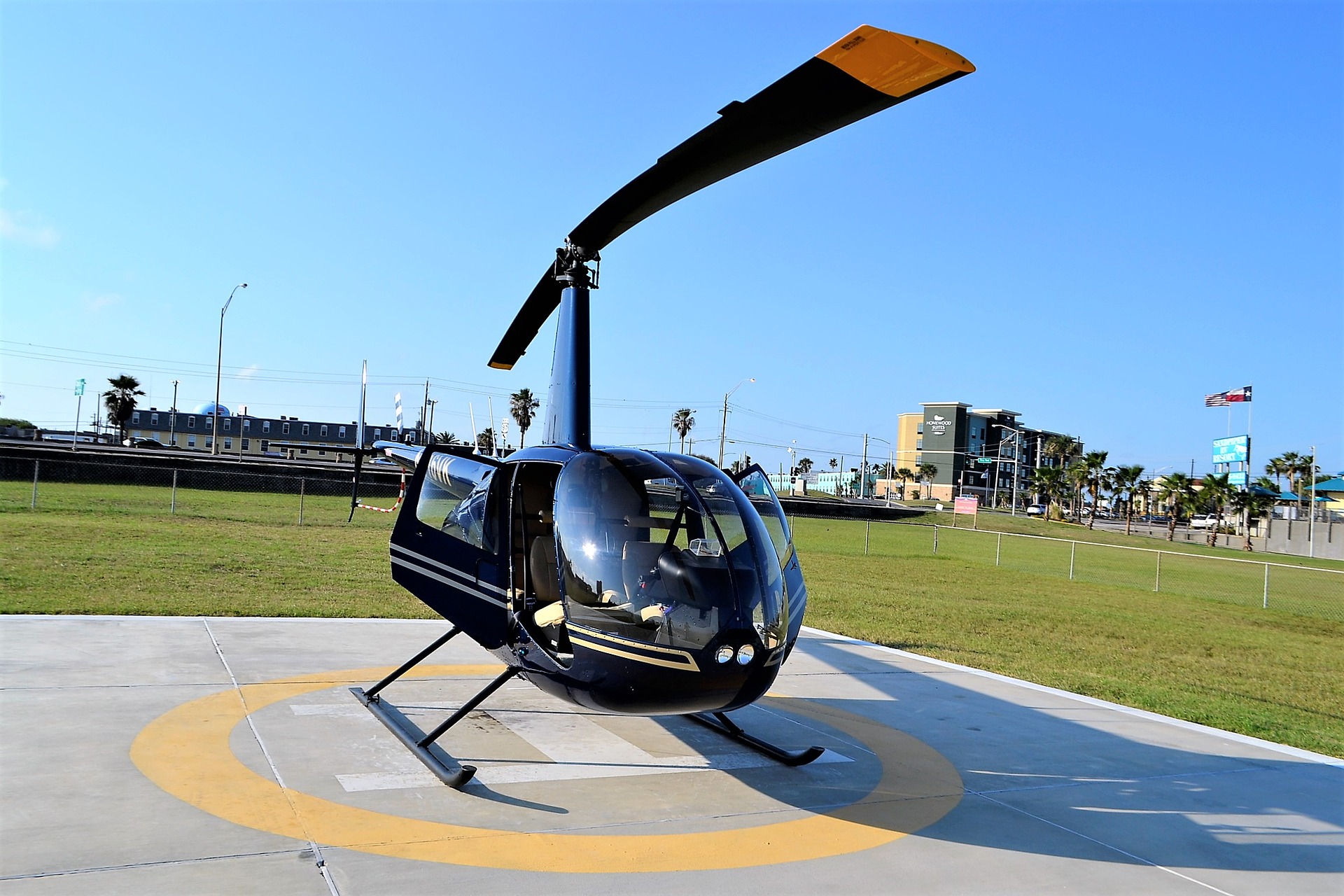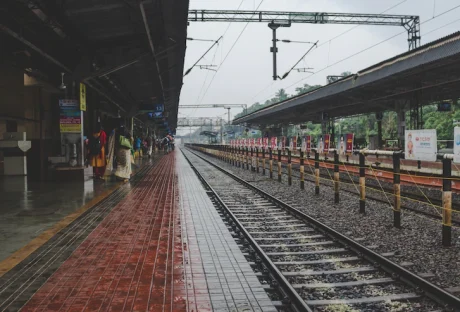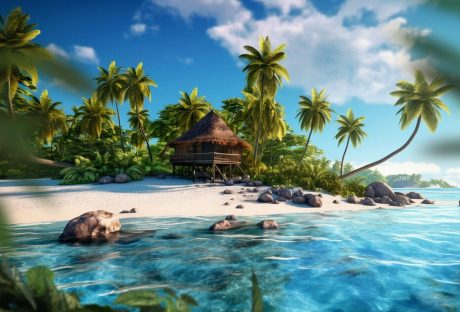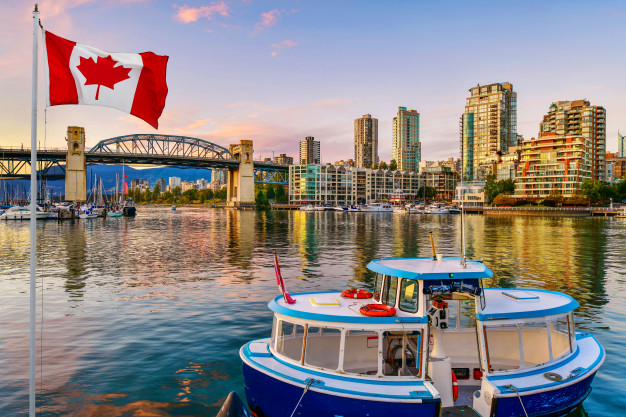Tuscany By The Sea:
Tuscany has a dramatic coastline that takes on many identities. Dolce vita of Versilia is a famous coastline beautifully framed by the Apuan Alps that is the subject of many greeting cards and travel brochures. Versilia is a very long stretch of sand with several amenities to guarantee total relaxation.
A short distance from the Leaning Tower, there are miles of sand beckoning you to relax and unwind. In Pisa, the marina is a family-friendly beach protected from the open sea by a strong rock wall.
The Etruscan coast, untamed islands with deep blue waters in the background, and pinewoods will spark your love for nature anew. Visit Argentario, the point where Maremma’s green countryside fades into the blue waters of the sea.
Tuscany Mountains:
There are hundreds of things to do on a trip to the Tuscan mountains starting with exploring the marble cathedrals at the Apuan Alps, not forgetting the ancient kingdom of Lunigiana with its mysterious castles and caves. On one side of the Alps are dazzling white quarries and on the other is Garfagnana the green valley.
If you’re a spiritual person, the sacred forests of Casentino will be a great addition to your tour of Tuscany. The monasteries and hermitages in the woods are a great place to walk down memory lane. You will love the woods of Mugello, a timeless land where the sounds and sights are simply enthralling.
Pistoia Mountains stretch over thousands of hectares in the Province of Pistoia. The area is characterized by chestnut trees, conifers, blueberries, and pasture land. Being the coldest area in Italy you will find some of the most famous ski resorts globally.
Chianti Mountains is an area with many rivers and cypress trees. High up on the infamous rolling chianti hills are many castles and towers that fortress for lords. This hilly area is associated with the production of DOCG red wine.
In Monte Amiata, nothing but deer and famous vineyards will surround you. The wooded Abetone transforms into a ski lover’s paradise in winter.
Serenity, relaxing scents, and colors abound in the mountains of Tuscany, well away from the noise and buzz of the city.
Tuscany Art:
Tuscany is without a doubt a territory rooted in art and culture. To date, it is an inspiration for artists from all over the world who come to discover its artistic riches. From the Etruscan necropolises that are a testament to the Middle Ages to the Macchiaioli and trends of contemporary art, there is everything for an art lover to love Tuscany.
Spas:
Immerse yourself in luxury at one of the many spas in Tuscany. From natural warm springs that existed since the times of Emperor Augustus to modern pools interrupted for their beauty by the scenic horizon.
Spas of Tuscany have become an important symbol for health, relaxation, and rejuvenation. The invigorating streams, caves, and streams of warm waters provide the tranquility sought by tourists who are conscious of their health and well-being.
Nature and parks:
Rolling hills, rustic farmhouses, fields, and trees dotting the Tuscan landscape make for an idyllic adventure. There is more to offer the nature lover here, including ponds, lagoons, snow-covered peaks, and Mediterranean bushes that grow into the sea.
Tuscany has a vast network of protected natural areas including parks, reserves, wetlands, and more. These protected areas are a haven for birds and other wildlife not to forget a variety of plants. The Tuscan Archipelago National Park houses several stunning Islands including Gorgona, Capraia, and Pianosa. Also known as the ‘Seven Star Park‘ this area boasts awe-inspiring rock formations, unique plant species, rare birds, and crystal waters. You will also love exploring Maremma Park, an area of pine forest and swampland. There are several trails here leading to ancient settlements around the San Rabano Abbey and Saracen Pirate towers.
Holiday Villas with Tuscany Now and More:
Whenever you decide to visit Tuscany to see these amazing sights and experience the culture, consider finding accommodation at our Luxury Holiday Villas in Italy. Tuscany Now and More works closely with developers to create luxury homes with private amenities for visitors. We visit each of these homes to ensure that they meet your high standards before promoting them here.
Read Also:













